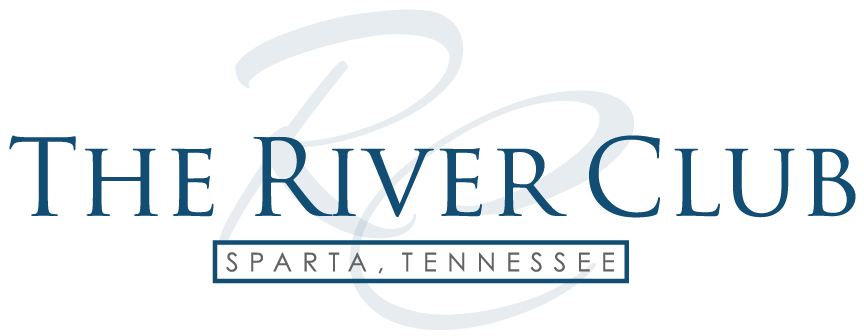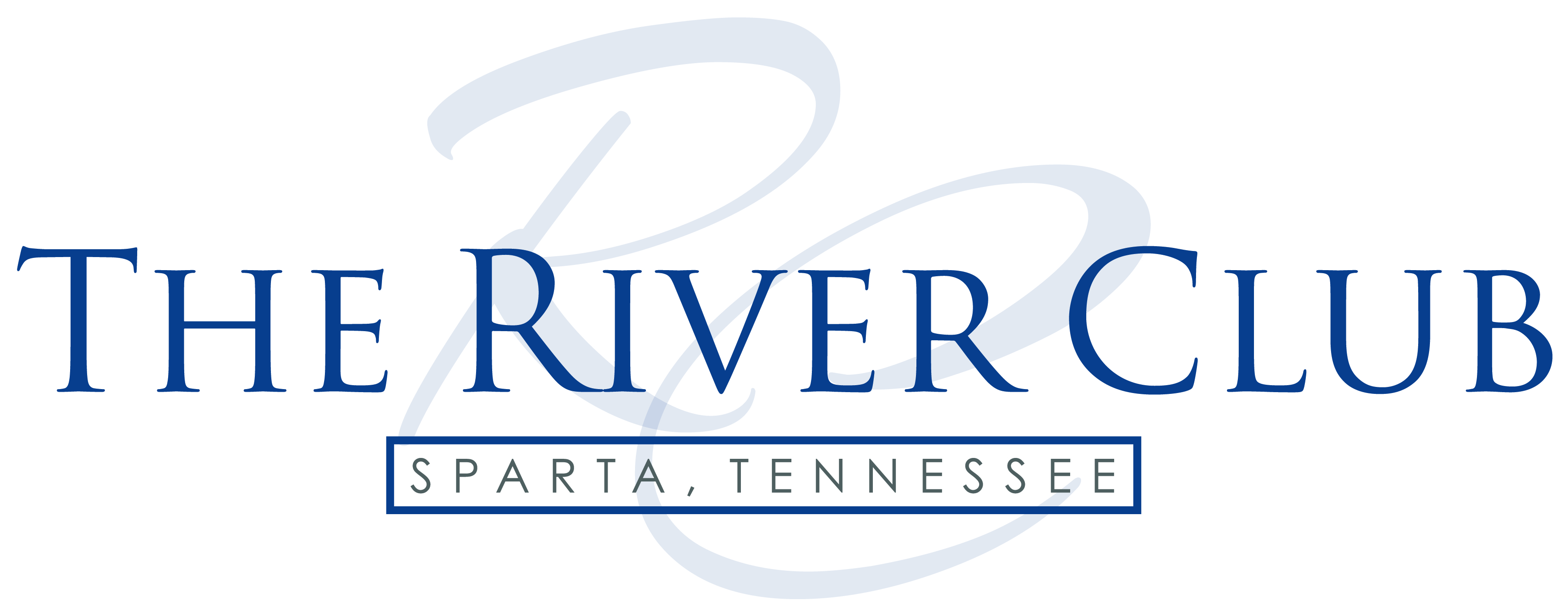
[su_spacer size=”25″]
The world has changed
The world has changed drastically in the past few decades. In past generations, people tended to have one job for many years. They lived together in single family units, with the husband acting as the sole bread winner. When he retired at the average age of 62 he and his spouse typically received a pension and a government stipend. Health insurance costs were reasonable and life expectancies for most people were in the late 60’s, so the need for planning was minimal.
Now, with increased life expectancies, multiple jobs (and even multiple careers), skyrocketing healthcare costs, changes in tax rates and lower stock market returns, financial planning for retirement is tricky and, for most, overwhelming. In fact, according to a study by the Employee Benefit Research Institute (EBRI), Americans are facing a $4.5 trillion retirement savings shortfall. The study found that only 57% of Americans are saving for retirement at all, and even many wealthy individuals are dramatically underestimating their future cash needs.
Much of the problem results from people using the old model of retirement planning- they assume that their retirement costs will be 70-80% of their current income, and think they have plenty of time to get started. The truth is, increased life expectancies and rising healthcare costs mean that people often need a higher yearly income in retirement, not a lower one. In the 21st Century, retirement can easily be the most expensive time of one’s life. Here is a sobering fact that illustrates part of the problem: according to the AARP, a healthy 50-year-old couple who plans to stop working at age 65 could need well over $500,000 for healthcare costs during their retirement.
How to get ahead of the curve
The best thing to do is to get serious about your retirement planning now. There are many benefits to starting early:
- The sooner you start planning for retirement, the less money you will have to set aside every week.
- The longer you accumulate savings, the more you will be able to earn in interest. A simple example: if you invest $2,000 today in an account that pays 5% annually, in 30 years that money will be worth $8,643.88.
- By putting money in an employee 401(k) or Roth IRA, you can likely minimize your tax burden.
Objective based planning
Once you’ve made the decision to start your retirement planning, you need to start by figuring out how much money you will need to maintain your desired lifestyle in retirement. This is called Objective Based Planning, and is used by all the big wealth managers. This is something that is best done slowly, over a few weeks. We recommend setting aside a half an hour every day to work on it. This way you won’t get overwhelmed.
Step 1: Collect all of your bank statements (savings accounts, mortgage information, investment portfolio, 401 (k), etc.)
Step 2: Using a spreadsheet, sit down and calculate your current living expenses
Step 3: Using your current expenses as a starting point, calculate your expected expenses during retirement. If you plan on downsizing your house, or moving to a state with low taxes, include these things. Also remember that you will have a lot more spare time in retirement, so include extra money for things like vacations, enrichment classes and entertainment.
Step 4: Determine how much money you wish to leave your children and/or grandchildren, or other loved ones.
Step 5: Determine how much money you may wish to leave any charitable causes.
Step 6: Determine your monthly debt payments.
Step 7: Determine your life expectancy. If you get stumped, the following website can help: livingto100.com.
Next steps
Next month, we will publish a second piece of this blog with advice on how to use this information to help you plan for your retirement. If you are not already subscribed to our newsletter, you can do so by following this link to make sure you receive the post in your inbox:
If you have immediate questions, feel free to post them on this page and we will get back to you shortly.

